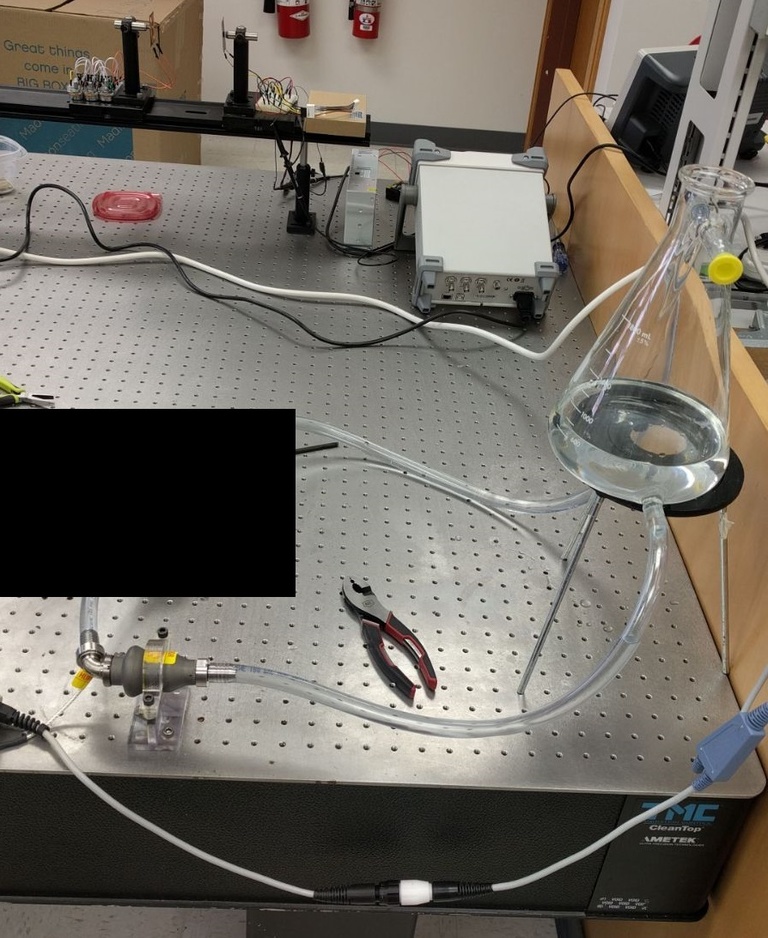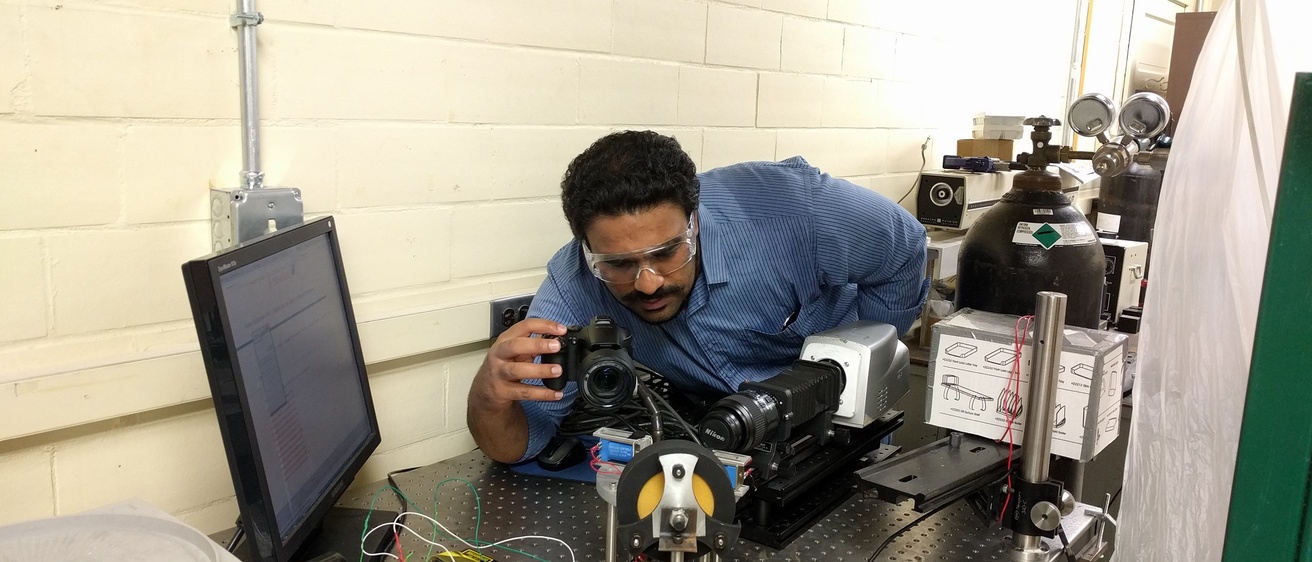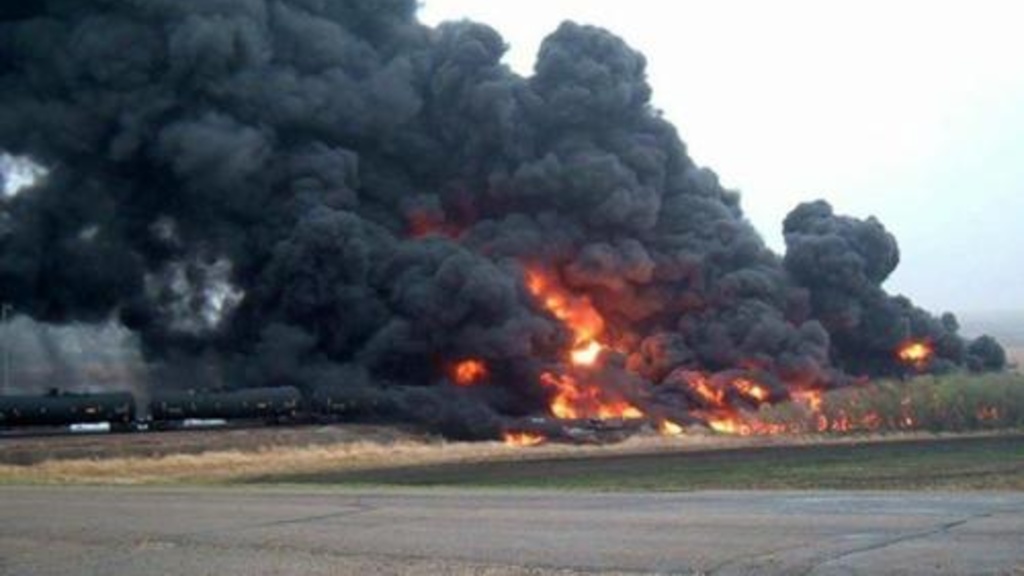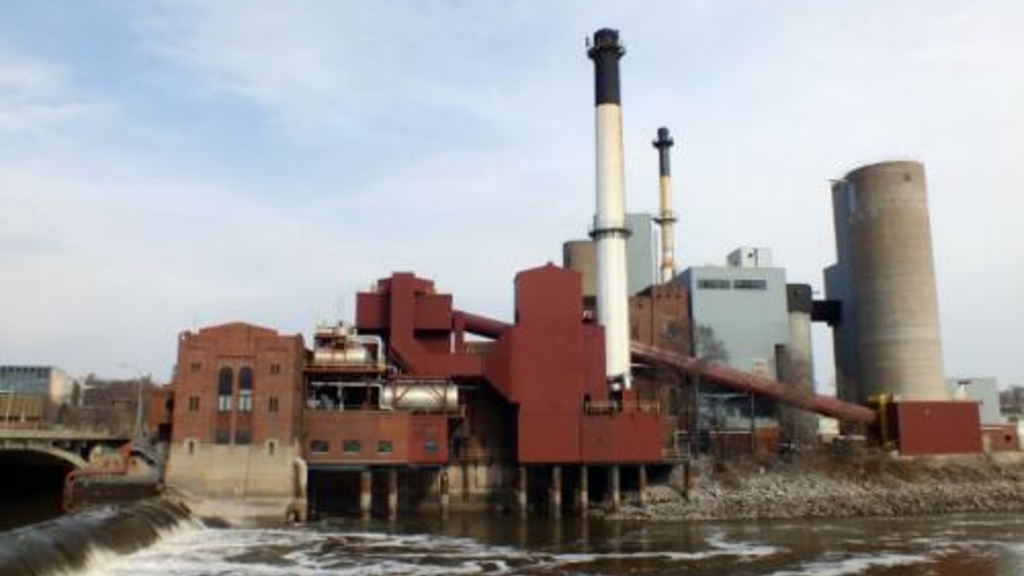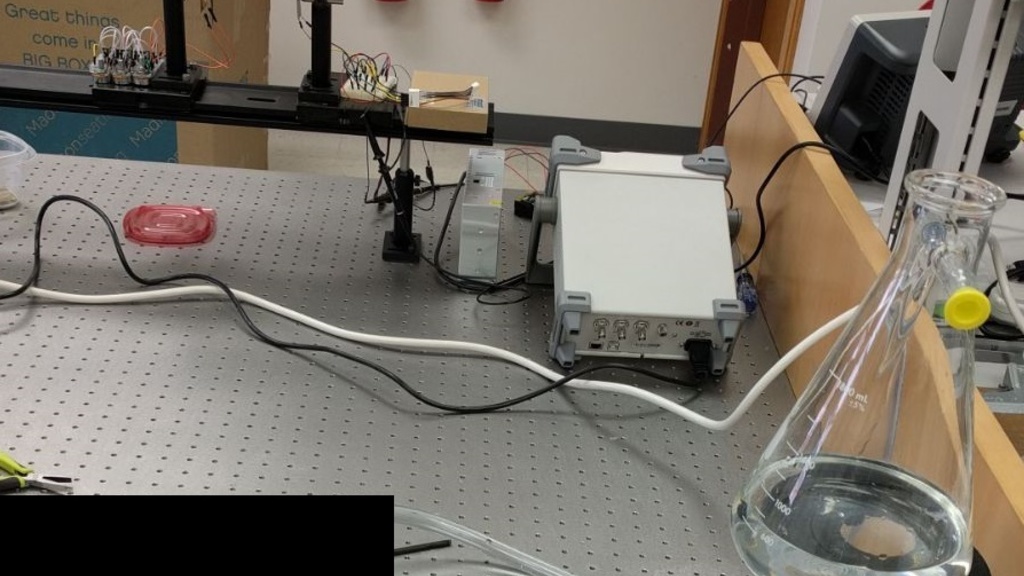The Ratner Research Group investigates droplet combustion, droplet splashing, combustion instability, settling characteristics of nanofluids and nanofuels, biomass combustion, and medical devices. Specific research areas are described below.
Droplet Combustion Research
Located at 2426 Seamans Center, the Droplet Combustion Lab analyzes the splashing and burning properties of various fuels using a high-speed camera to image such behavior and determine how they change with addition of polymeric and nanomaterial additives. Experiments are run on the emulsion of fuels, the settling characteristics of different nanofuels and nanofluids, and the stability of fuel emulsion.
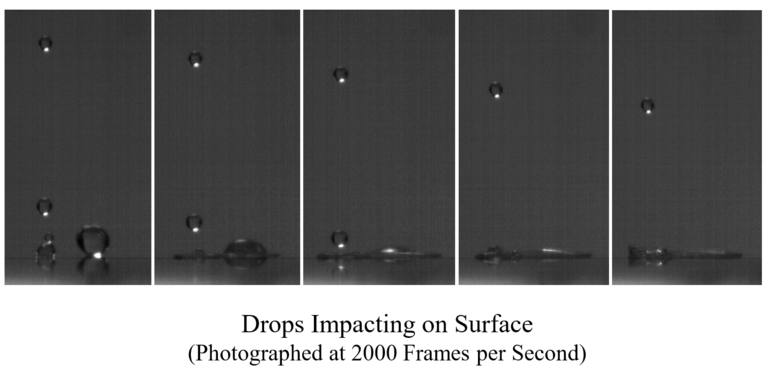
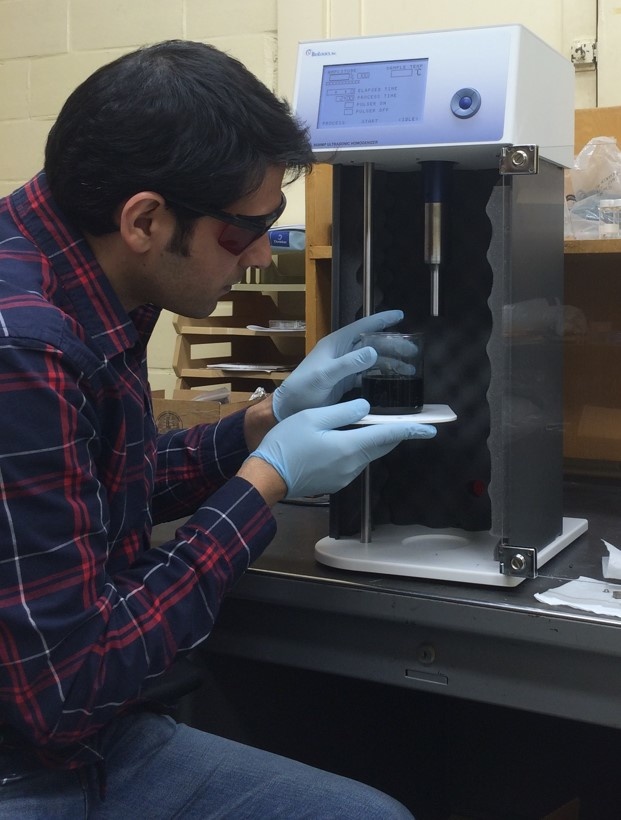
Combustion Instability Research
Located at 1249 Seamans Center, the Combustion Instability Lab analyzes various aspects of low-swirl combustion using a PLIF, and how various acoustic instabilities can be created and eliminated in such combustion regimes.
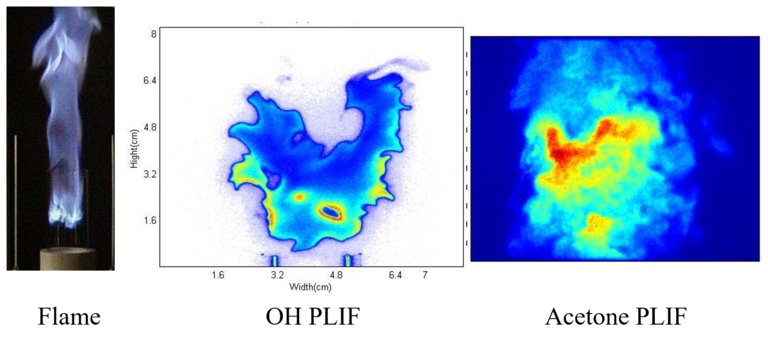
One area of interest is the dynamic behavior of flames and how they change in response to changing flow conditions. The interaction of these phenomena, including acoustic waves, fuel mixing, flow vorticity, combustion chemistry, flame stability, and pollutant production, is measured with laser diagnostics and specialized high speed cameras.

Combustion instability and the interaction of sound waves with flames are important issues in modern gas turbine design. The goal of this work is to understand the interplay of effects that lead to combustion instability. This is done through experiments performed in the one-of-a-kind elevated pressure combustion-acoustics chamber (left photograph) installed in the lab. The chamber can produce a user-selectable acoustic bulk modes that simulates the oscillating pressure conditions in a real combustor. Advanced laser diagnostics (right side schematic) are used to measure the resulting changes in flame behavior.
Biomass Combustion Research
Located at Oakdale Power Plant near Coralville, IA, the Biomass Combustion Facility analyzes various aspects of biomass combustion using micro-gaschromatographs. We test out different fuels (such as Miscanthus grass, oat hulls etc) and study their co-burning with other fuels such as coal and natural gas.
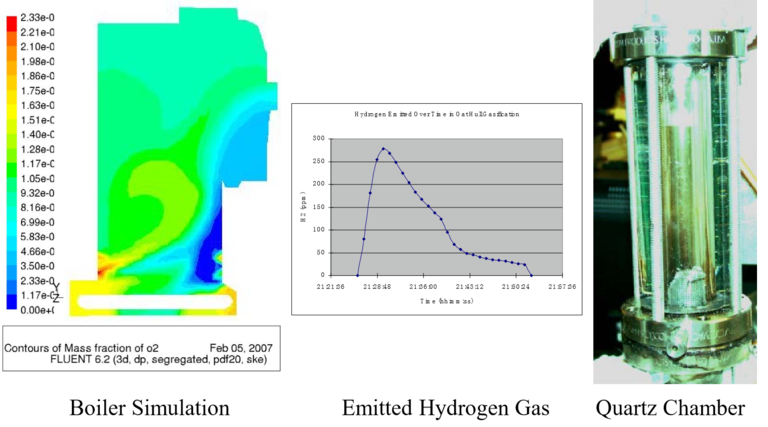
This project is focused on understanding, measuring, and modeling biomass gasification, pyrolysis, and combustion. The fuel is typically light biomass (oat hulls in this case). Time-evolving gasification measurements are made in a quartz tube gasifier (right image) and resulting chemical species are measured with solid state detectors (Hydrogen out gassing results are the middle figure). This information is then incorporated in computer models of real systems (such as the boiler shown on the left).
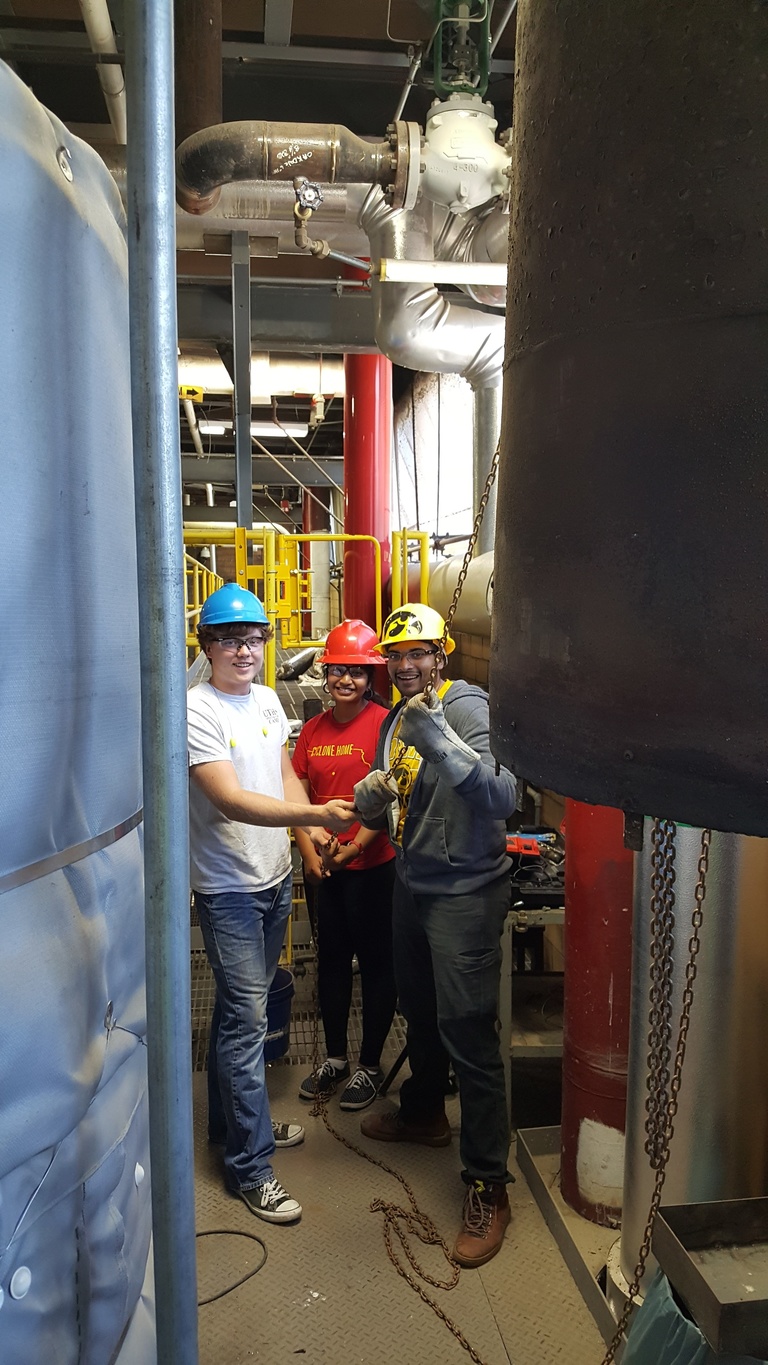
Medical Device Research
Collaborative research is conducted related to artificial heart and mechanical circulatory devices. (A page for BRAHMA Labs in cooperation with the University of Arkansas Medical System is under construction.)
